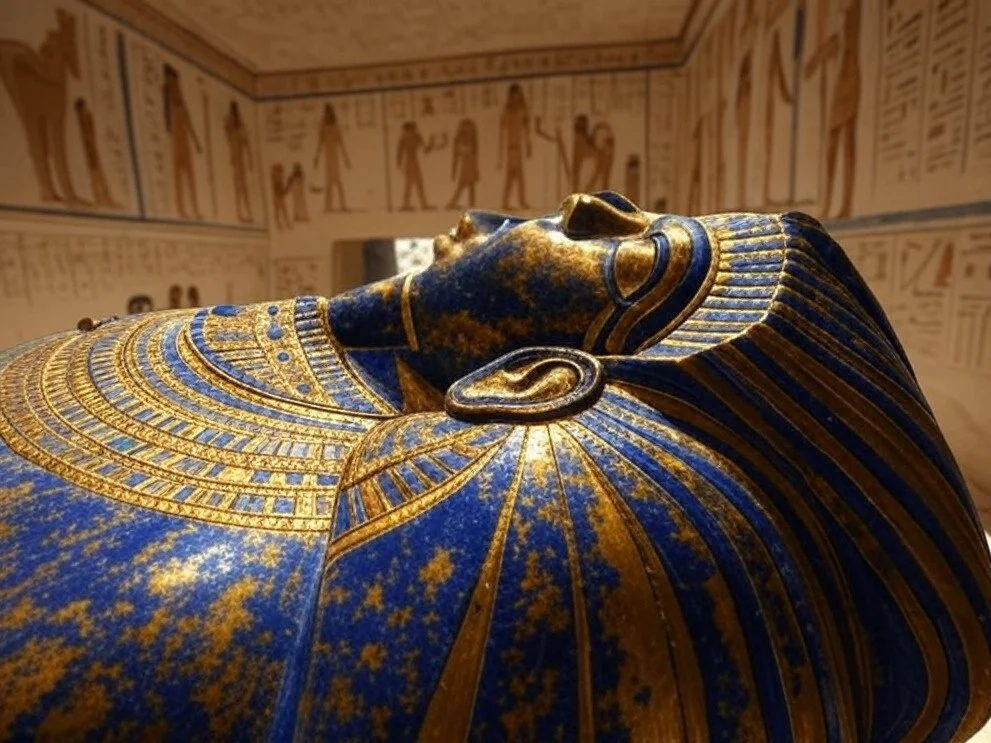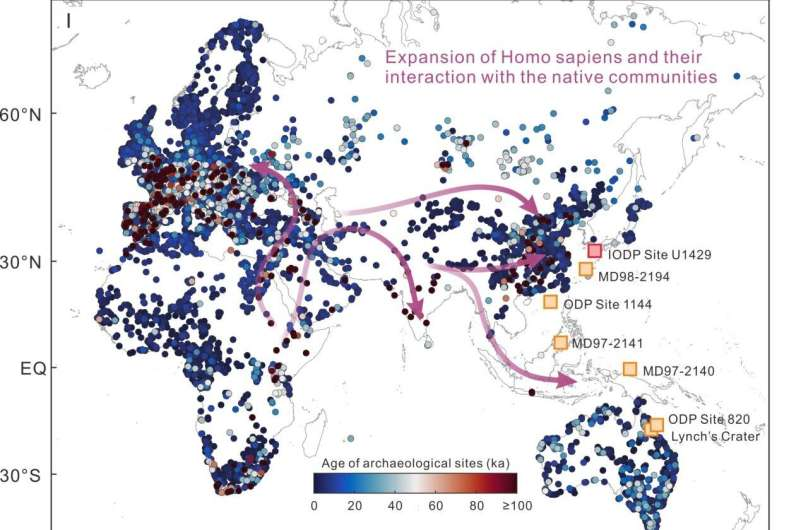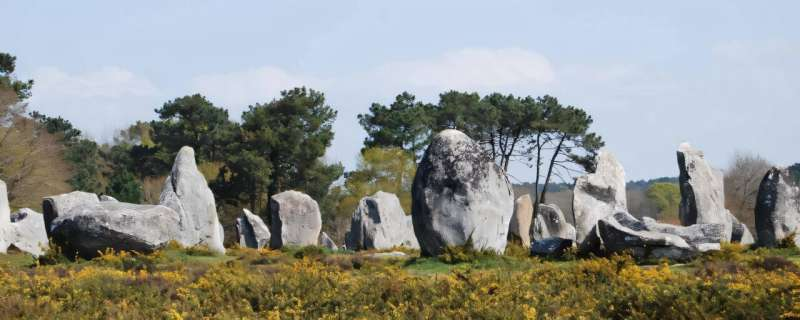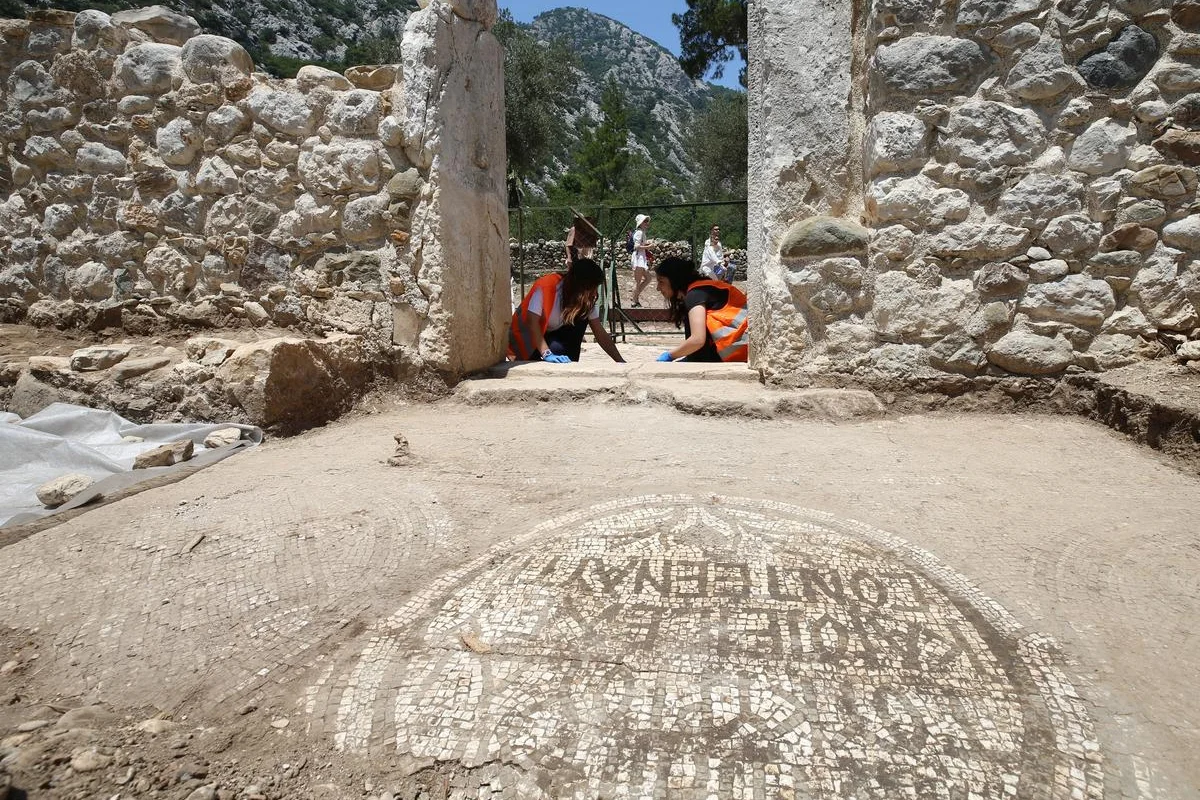ntroduction
The Valley of the Kings, located on the west bank of the Nile near Luxor, Egypt, is one of the most significant archaeological sites in the world. Serving as the royal burial ground for New Kingdom pharaohs (c. 1550–1070 BCE), this valley has yielded some of the most breathtaking discoveries in Egyptology. From the tomb of Tutankhamun to the richly decorated burial chambers of Seti I and Ramses II, these finds provide invaluable insights into the funerary practices, religious beliefs, and artistry of ancient Egypt.
Discovery and Exploration
The Valley of the Kings has been a focal point for exploration since antiquity, with tombs first documented by Greek and Roman visitors. However, systematic excavations began in the 19th century, spearheaded by early Egyptologists such as Giovanni Belzoni and later refined by scholars like Howard Carter, whose discovery of Tutankhamun’s tomb in 1922 remains the most famous find in the valley.
Notable Tombs and Discoveries
Tutankhamun’s Tomb (KV62): Discovered by Howard Carter in 1922, this tomb contained a wealth of artifacts, including the iconic golden death mask, jewelry, and chariots. The nearly intact burial site provided an unprecedented glimpse into the opulence of a pharaoh’s burial.
Tomb of Seti I (KV17): Known for its elaborate wall reliefs and detailed Book of the Dead inscriptions, Seti I’s tomb exemplifies the artistic mastery of the 19th Dynasty.
Tomb of Ramses VI (KV9): Famous for its astronomical ceiling and vivid artwork, this tomb offers significant insights into ancient Egyptian cosmology.
Tomb of Horemheb (KV57): This tomb showcases transitional art styles from the late 18th Dynasty, blending traditional and emerging artistic motifs.
Tomb of Amenhotep III (WV22): Believed to be one of the grandest burials, this tomb reflects the wealth and influence of Amenhotep III’s reign.
Significance and Interpretation
The discoveries in the Valley of the Kings have deepened our understanding of ancient Egyptian burial customs and religious beliefs. The extensive use of hieroglyphic texts, including passages from the Book of the Dead and the Amduat, underscores the importance of the afterlife in Egyptian theology. The sheer variety of artifacts—ranging from ritual objects to personal belongings—provides a comprehensive view of the material culture of the New Kingdom elite.
Ongoing Excavations and Mysteries
Despite over two centuries of exploration, new discoveries continue to emerge:
Unidentified Tombs: Ongoing surveys using ground-penetrating radar suggest that undiscovered tombs may still lie beneath the valley’s surface.
Theories on Missing Pharaohs: Some scholars believe that the burials of key figures, such as Nefertiti and Ankhesenamun, have yet to be located.
Preservation Challenges: Climate change and tourism threaten the long-term preservation of these fragile tombs, prompting new conservation efforts.
Conclusion
The Valley of the Kings remains a treasure trove of Egyptological discovery. Each tomb unearths new facets of the past, offering unparalleled insights into the lives, beliefs, and artistry of ancient Egypt’s pharaohs. As technology advances and excavation techniques improve, the valley’s hidden secrets may continue to reshape our understanding of this fascinating civilization.







